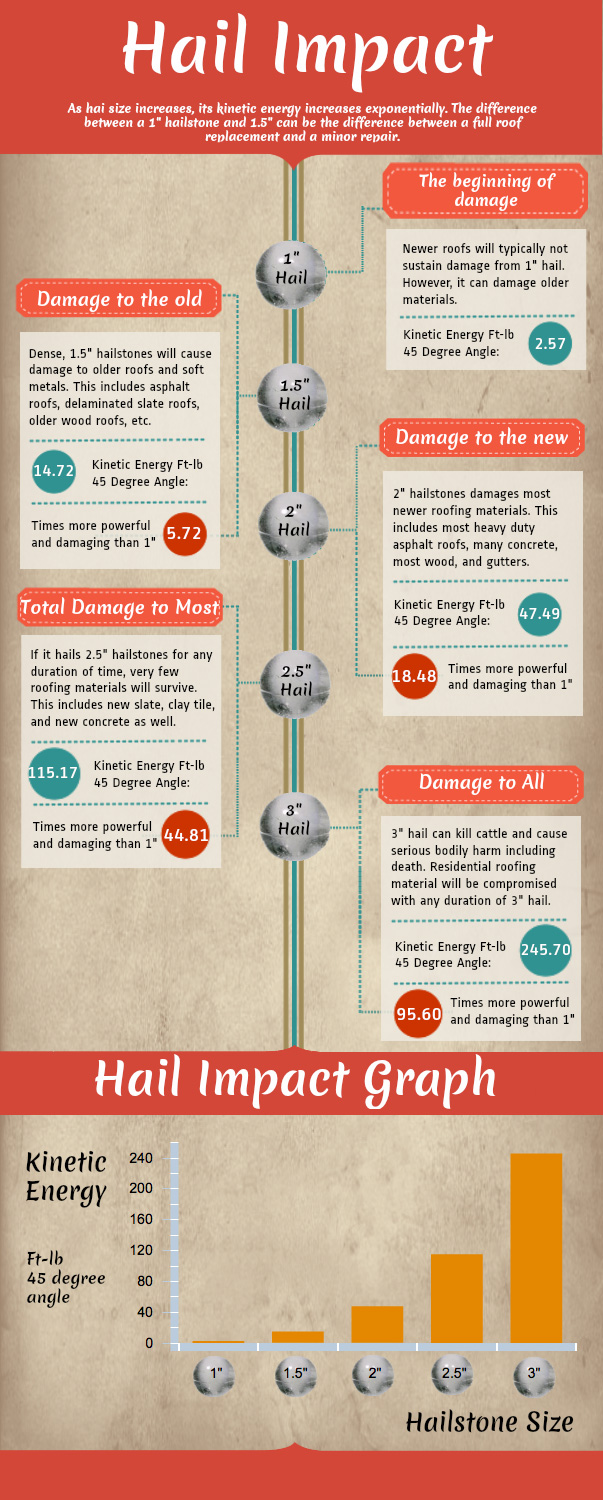The Path Onward For Solar Energy: Industry Forecasts For The Next Several Years
The Path Onward For Solar Energy: Industry Forecasts For The Next Several Years
Blog Article
Short Article By-Clapp Mccormick
As you consider the future of solar power, imagine a landscape where technology and sustainability merge. The coming years hold the assurance of considerable improvements in solar innovation, improving the sector as we understand it. With performance gains and cost decreases imminent, the capacity for solar energy to change our power landscape is enormous. Keep tuned to uncover just how these advancements will certainly form the future of renewable energy and drive us in the direction of a greener tomorrow.
Technical Developments in Solar Panels
Solar panels have experienced amazing technical improvements over the last few years. One considerable renovation is the increase in efficiency, permitting solar panels to convert sunlight into electrical energy better. This has been achieved via technologies in products and style, making solar power a much more feasible and affordable choice for renewable resource resources.
Another crucial growth is the decrease in expenses associated with production and mounting solar panels. As innovation has actually advanced, production procedures have come to be much more structured, leading to lower prices for customers. Furthermore, the longevity and life-span of photovoltaic panels have boosted, making them a more lasting and long-term financial investment.
Advancements in energy storage technology have likewise played an essential function in boosting the effectiveness of solar panels. Batteries and various other storage options have become more efficient and budget-friendly, enabling individuals to keep excess energy produced during the day for use in the evening or during periods of low sunlight.
Enhanced Adoption in Numerous Industries
With the need for sustainable energy options increasing, different industries are significantly integrating solar energy systems into their procedures. Business in sectors such as manufacturing, farming, and transport are leveraging solar power to reduce their carbon impact and operating expense.
In production, photovoltaic panels are being set up on rooftops to power equipment and illumination, leading to significant financial savings on power costs. Agriculture is likewise welcoming solar energy by using it for irrigation systems and powering ranch devices, thus cutting down on typical fuel costs. In addition, the transportation market is adopting solar innovation for billing electrical vehicles and illuminating parking area.
The fad of increased fostering of solar energy across markets is driven by the need to be a lot more environmentally friendly and reduce dependence on non-renewable energy resources. As solar technology continues to breakthrough and come to be much more affordable, we can anticipate to see even more comprehensive integration of solar energy systems in various sectors in the coming years.
Policy Changes Driving Solar Growth
Embracing renewable energy sources is essential for sustainable advancement in today's globe. Policy changes play a considerable role in driving the development of solar power. https://440-watt-solar-panel65320.thenerdsblog.com/35875741/prepare-to-uncover-the-trick-to-taking-full-advantage-of-the-advantages-of-your-solar-can-improve-efficiency-and-increase-revenues are executing different actions to promote the fostering of solar energy. Rewards visit here as tax obligation credit ratings, discounts, and feed-in tariffs urge people and businesses to invest in solar modern technology.
Additionally, guidelines mandating a specific percentage of energy to find from renewable sources press utility business to include more solar into their power mix. Furthermore, plans concentrating on net metering permit solar users to offer excess electrical power back to the grid, making solar installations much more financially viable.
In some areas, renewable profile criteria call for a specific portion of electricity to be created from solar power, developing a steady demand for solar energy. These policy changes not only drive the growth of the solar industry but also add to lowering carbon discharges and combating environment change. By sustaining and applying such policies, governments can speed up the shift to a much more sustainable power future.
Conclusion
Finally, the future of solar energy looks brilliant with continuous technological developments, raised adoption throughout industries, and supportive policy changes. With greater efficiency degrees, decreased prices, and enhanced energy storage space options on the horizon, solar energy is set to play a crucial role in the worldwide transition to a cleaner and much more lasting energy future. Welcome the capacity of solar power and be a part of the renewable energy transformation!
